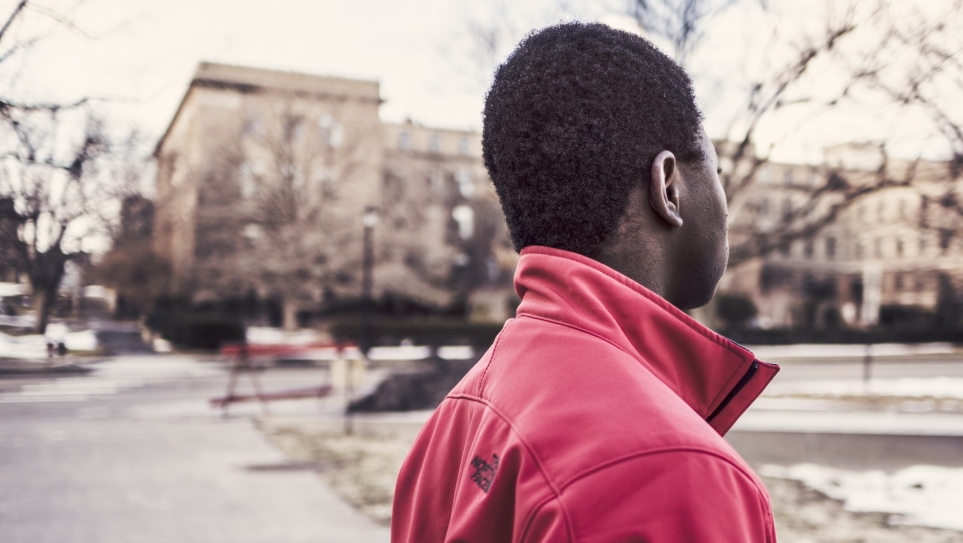Goal 9: Smooth Transitions
Youth have smooth transitions between home schools and juvenile justice placements and receive effective reentry planning and supports.

Benchmarks
9.1 - Youth receive robust education planning upon entering any juvenile justice placement – whether short- or long-term – to ensure continuation of their then-current credit-bearing coursework and career/technical training program.
9.2 - Youth receive re-entry planning from the moment they enter a juvenile justice placement, including planning relating to academic and career/technical education.
9.3 - Youths’ education records are comprehensive and accurate.
9.4 - Records promptly follow youth to any new school or placement, are kept private and are shared only with necessary individuals working with the youth. There are short and definitive timeframes set for record transfers and lack of records or a delay in receipt of records do not bar a student from enrolling in school (either in a placement school or a school in the community).
9.5 - Whether in a short- or long-term placement, youth have trained transition coordinators and multi-disciplinary transition teams to help them re-enroll in their next school and obtain needed supports before and upon reentry. The transition coordinator ensures that youth receive appropriate school programming when transitioning between school settings, sit for appropriate exams, obtain a transcript reflecting credits awarded and academic mastery, and register for appropriate coursework.
9.6 - Youth receive full or partial credit for coursework completed in prior school, or credit waivers for electives not required by state law, and youths’ credits promptly transfer to a school or juvenile justice placement.
9.7 - Youths’ career/technical competencies and credentials are passed along to the subsequent school, which takes into account the youth’s career interests and experience in making curricular and school placement decisions.
9.8 - Youth required to change schools because of juvenile justice involvement are allowed to participate in all academic, career/technical, and extracurricular programs upon reentry even if normal timelines have run or programs are full.
9.9 - Youth are not barred from enrolling in school for a high school diploma even if they obtained their high school equivalency while in placement.
9.10 - Youth are involved in an assessment of whether to return to their original school, and if it is not safe or appropriate for a student to return to their school of origin, placement staff assist with options and procedures to transfer to another school in the community.
9.11 - Youth are immediately enrolled in an appropriate school or job training program after leaving a juvenile justice placement, with a right to return to their school of origin, and are not placed automatically in alternative disciplinary programs nor automatically placed in a cyber education program.

